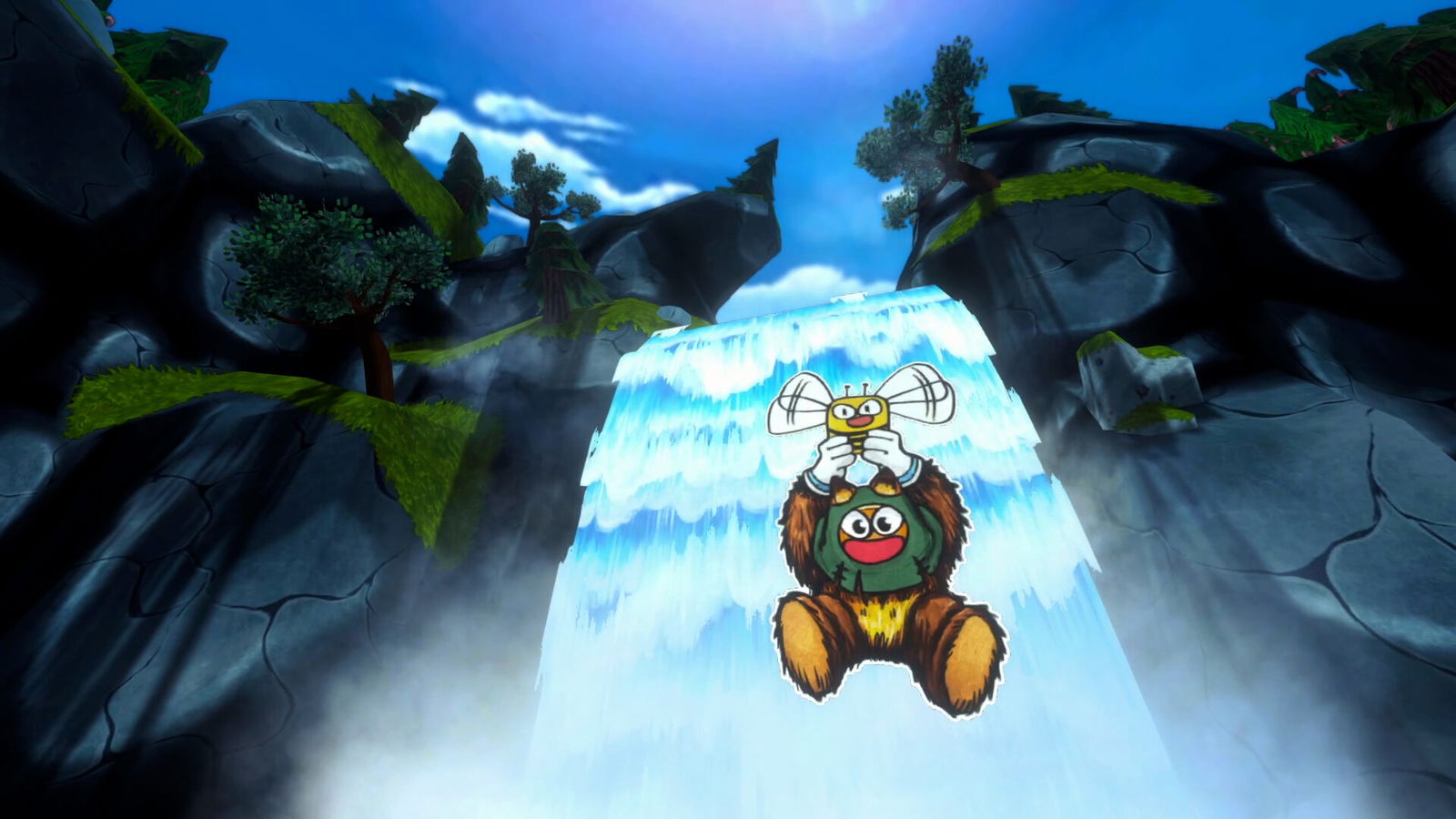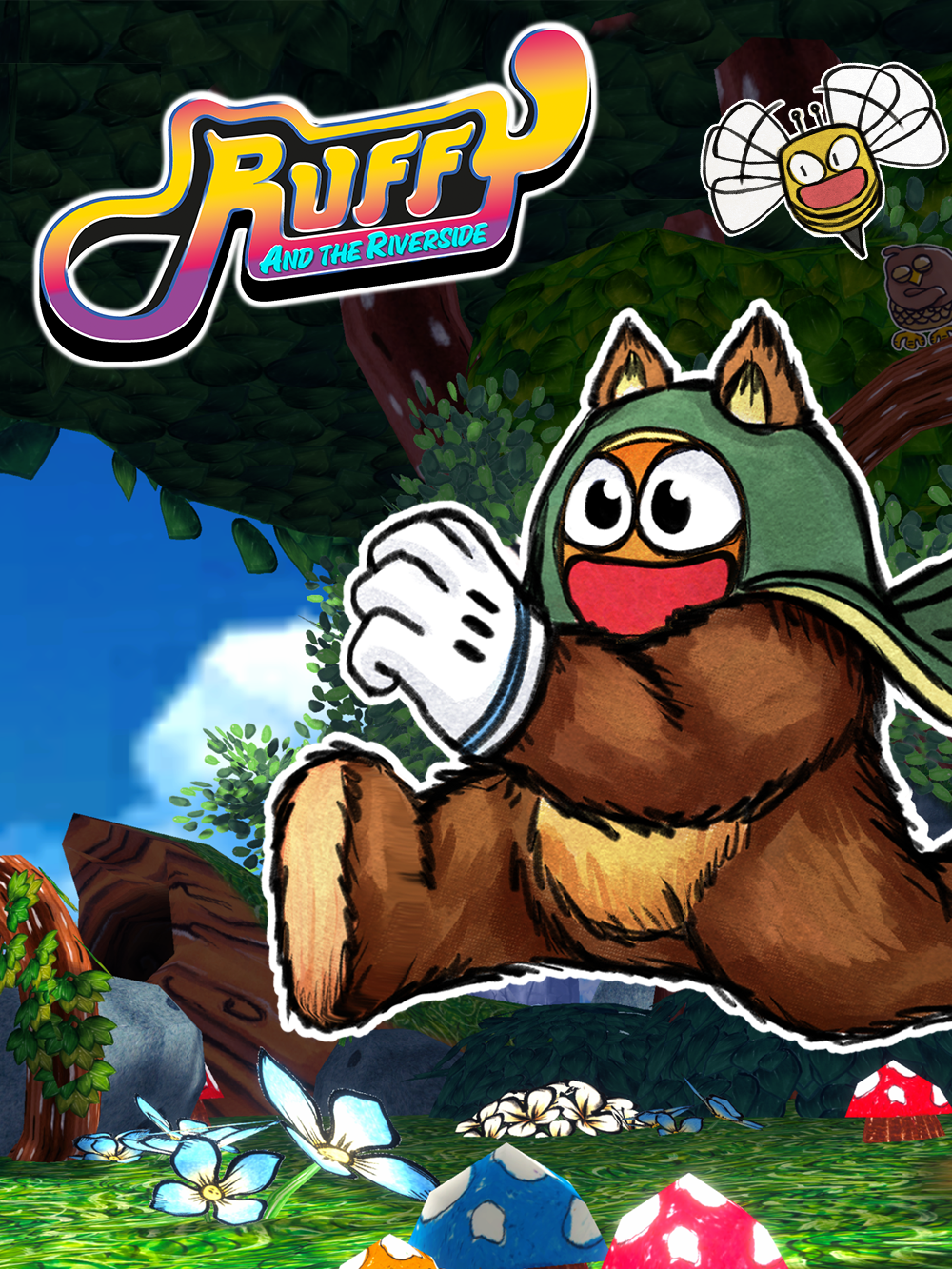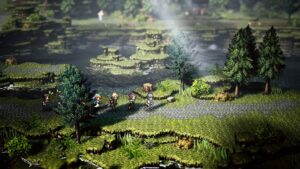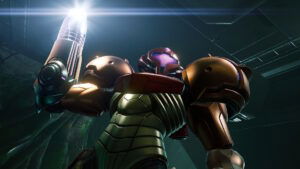Ruffy and the Riverside was yet another game that found its way across my eclectic social media feeds—what’s left of them anyway—and as soon as I saw it, I knew I had to keep an eye on it. I don’t know what it is about 3D platformers that use 2D models for characters that is just so immediately endearing to me, but between Demon Turf, Grimoire Groves and now this, it seems a unique aesthetic is all it takes to sell me on a game.
That’s a joke, of course, because it wasn’t just an interesting art style that sold me on Ruffy and the Riverside, but the sheer inventiveness one can only find in the Indie scene. What’s on offer here is a totally unique game that captures the heart of Nintendo 64-era adventure games while offering something totally different and incredibly fun.
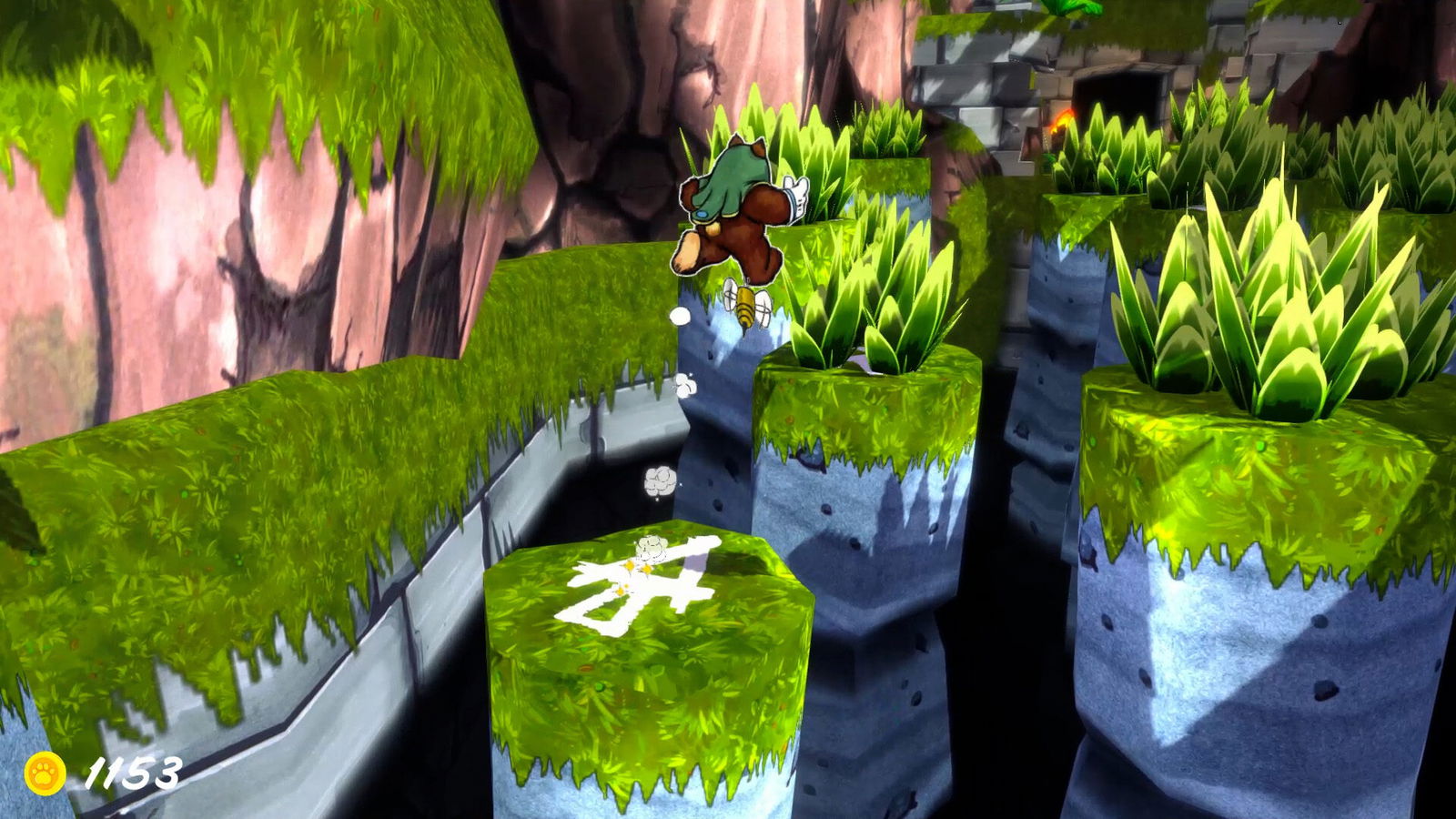
Ruffy and the Riverside begins when the titular Ruffy is summoned by a noble yet eccentric mole named Sir Eddler, who enlists his help to search for mystical stones known as “Marbles.” However, their quest inadvertently awakens an ancient evil named Groll—long thought to be sealed away—who begins devouring the Marbles and wreaking havoc across the Riverside.
Most notably, Groll destroys the Riverside Emblem sign, which is tied to the most powerful Marble of all: the World Core. To restore balance, Ruffy must embark on a quest to collect the six Sacred Letters needed to repair the Emblem and bring the World Core back to life. While the plot might sound familiar on paper, the game’s charm and personality set it apart. It boasts a strong sense of humour and channels that Adventure Time–style energy, blending a fantasy world with modern dialogue and quirky situations, which I’ve always had a soft spot for.
Where Ruffy and the Riverside truly shines, though, is in its gameplay. It evokes the spirit of Banjo-Kazooie, with segmented worlds and collectathon mechanics, but introduces one incredibly captivating hook. In fact, it was the mechanic that sold me on the game the moment I saw it: Ruffy’s unique ability to copy elements from various objects and swap them with others.
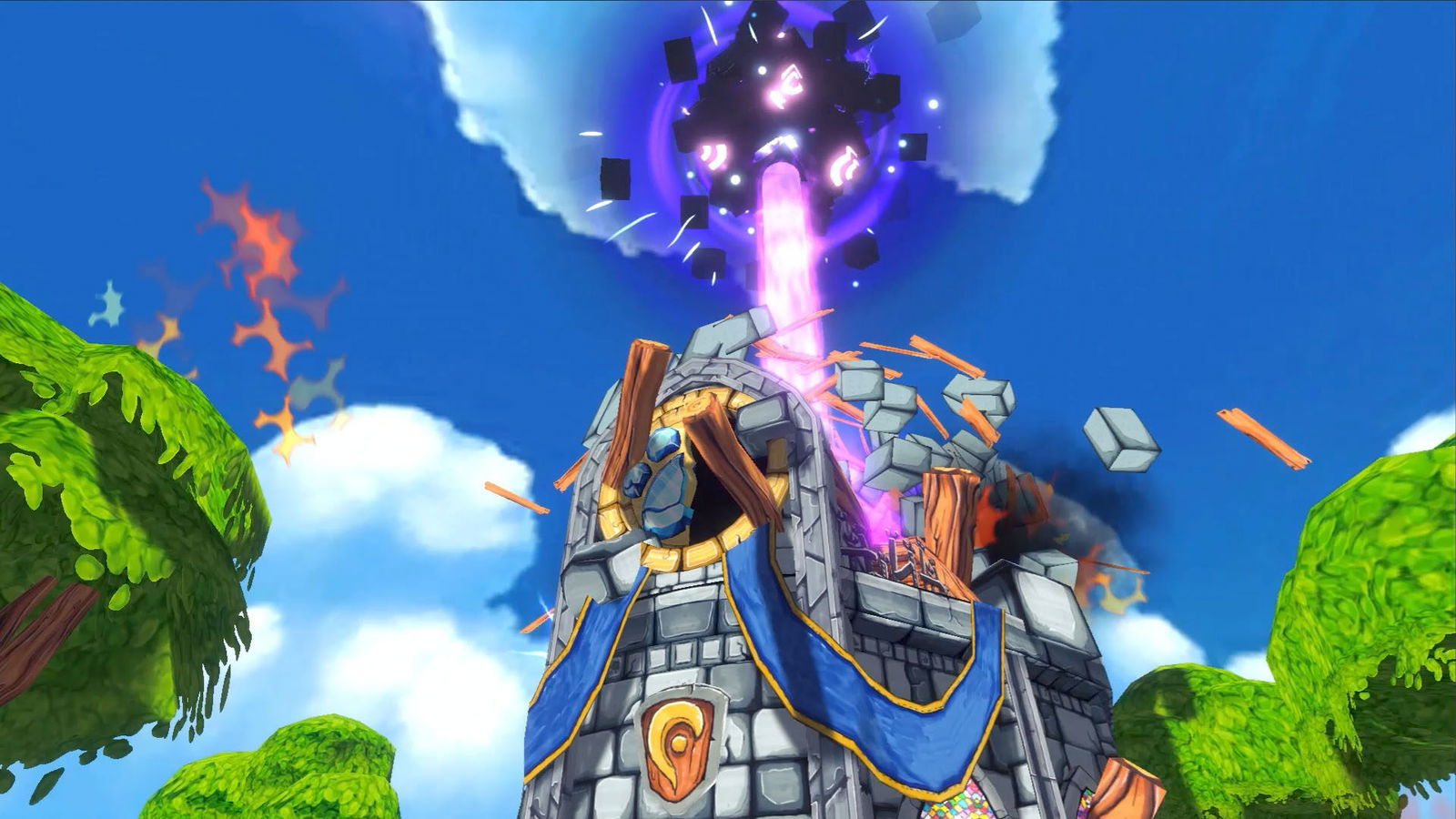
This mechanic forms the heart of the game’s puzzle-solving and platforming, and it’s utilized to an impressive degree. Players must swap elements to open doors, create platforms or overcome challenges throughout their journey. For example, stone pillars protruding from deep water can be turned into buoyant crates by swapping rock for wood. Waterfalls become makeshift ladders when water is exchanged for vines. Even dangerous magma can be rendered walkable by swapping lava for ice.
While the mechanic makes gameplay fresh and inventive, it also gives Ruffy and the Riverside a delightfully light-hearted and creative spirit. Players can extract colours from one object and apply them to others purely for fun—adding a playful, often silly twist to their surroundings. The joy of experimentation is endless, and much of the game invites you to simply see what you can get away with. Later in the adventure, players even unlock the ability to design their own textures to apply to certain elements, turning the game into an even more artistic and expressive experience.
“Ruffy and the Riverside is an excellent game, but it’s one perhaps best avoided on the Switch specifically.”
Since I reviewed the Nintendo Switch version of Ruffy and the Riverside, I do need to mention some of its performance shortcomings on the platform. While the game is mostly stable, there are several noticeable instances of framerate jitter, which can make running and platforming feel a bit unpredictable at times. Additionally, the game employs a performance-saving technique that de-renders any environment not currently facing the camera.
Unfortunately, this approach becomes something of a double-edged sword. As a platformer, the gameplay frequently requires players to swing the camera around, and it can be both disorienting and distracting when doing so reveals a temporary blue void as the environment slowly fades back in. This issue becomes especially jarring during cutscenes, where the camera often shifts between speaking characters, triggering sudden background loading that undercuts the moment.
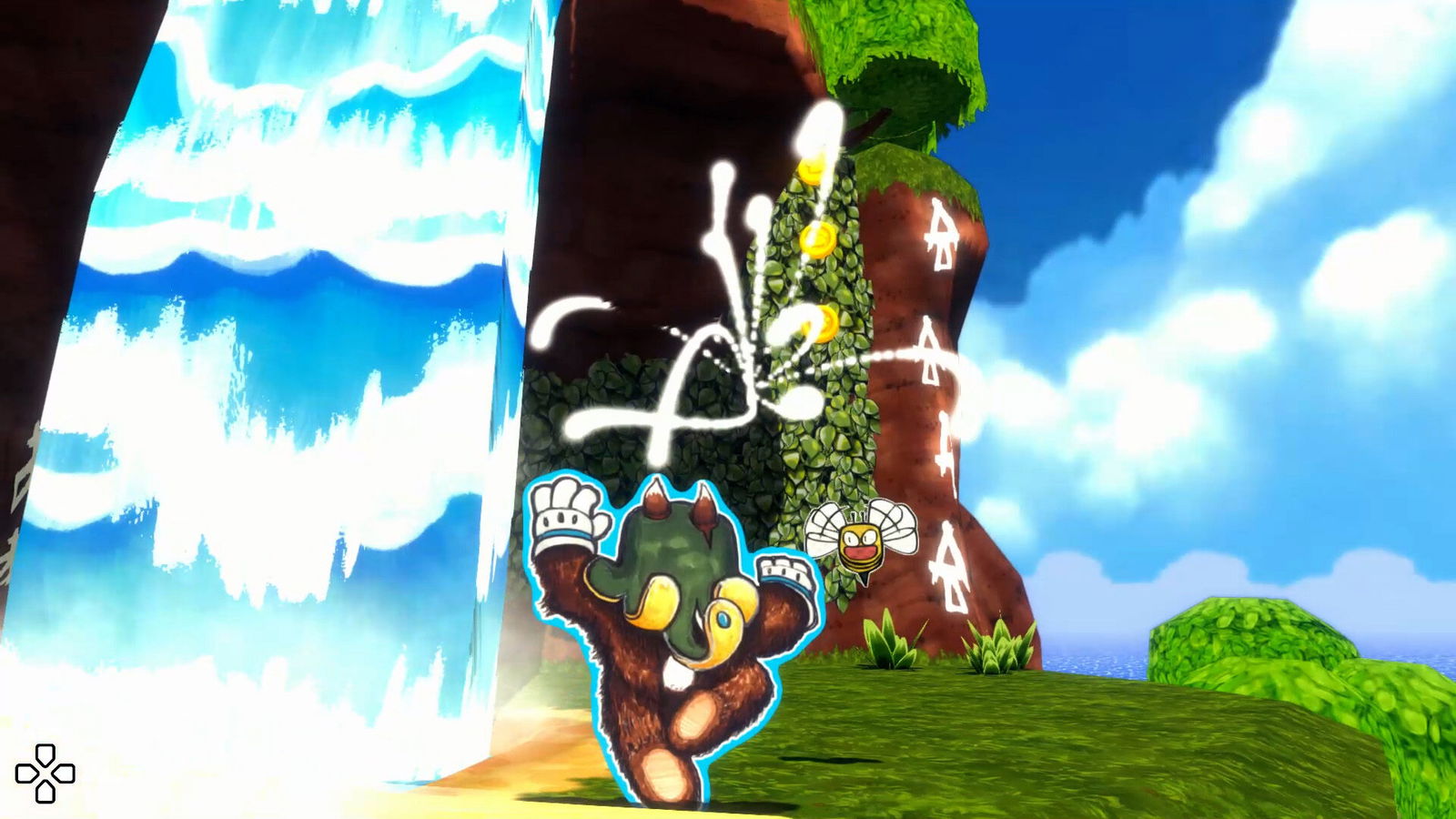
While it’s not a game-breaking issue—and there is a version of Ruffy and the Riverside available on the Nintendo Switch 2—it may serve as a sign of the times. The original Nintendo Switch appears to be riding off into the sunset in favour of more capable hardware.
Visually, Ruffy and the Riverside embraces a stunning hand-drawn aesthetic, with characters that resemble paper cutouts coloured and animated with pencil crayons. The surrounding environments feature a clean, retro style—reminiscent of 64-bit-era models, but with added texture and detail. The soundtrack complements this vibe with a whimsical, hip–hop–inspired score that reinforces the game’s unique tone of fantasy meets modern, making for a relaxed and playful experience.
Ruffy and the Riverside is an excellent game, but one that may be best avoided on the original Switch. Its central mechanic is so inventive and fun that not only does the puzzle-platforming feel deeply satisfying, but players will find themselves experimenting with every possible combination for hours. It’s a joyful, clever adventure that deserves to shine on hardware capable of keeping up with its creativity.
